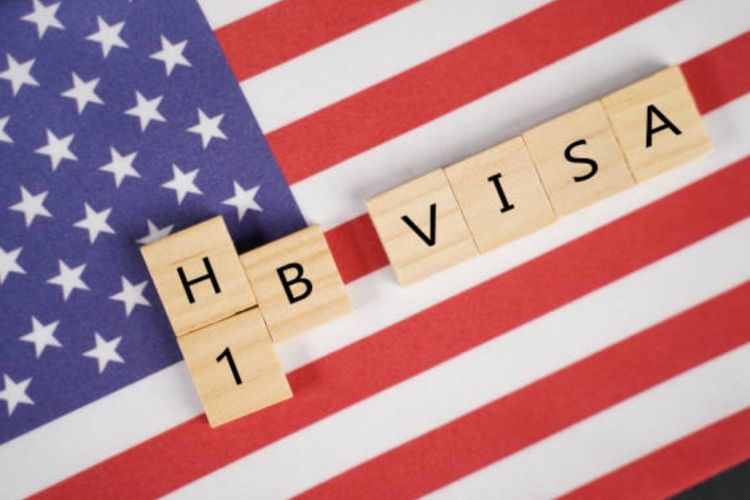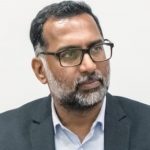
H-1B visa reforms: Barely six months into his second term, President Donald Trump has dashed the hopes of millions of Indians who saw the United States as a gateway to citizenship and prosperity. What was once the middle-class dream of an NRI future is now clouded by the administration’s hard-edged immigration reforms. Indian professionals—especially in technology and engineering—find themselves staring at an uncertain and narrowing path to the American dream.
For decades, the Indian route to US citizenship followed a well-worn track: student visa, work permit (usually an H-1B), green card, and finally a passport. With 35.4 million Indians abroad—the largest diaspora globally—India has much at stake in US immigration policies. The United States alone hosts over 5.3 million people of Indian origin, including more than two million NRIs.
READ | India at SCO: Strategic autonomy in a shifting Asia
The first shock came with student visas. Between January and May 2025, the number issued to Indians fell by 31.2%. In July, the decline steepened to nearly 50%. The impact is severe: Indians accounted for half of the 4,000 visa cancellation notices issued since February, without any official explanation. Analysts suggest the administration is targeting international admissions at top universities, many of which depend heavily on foreign students for revenue. The result has been confusion and stranded students at the peak of the academic season.
H-1B visa: A shifting lifeline
If student visas have taken the hardest hit, H-1B work permits are not far behind. The programme allows US employers to hire foreign specialists, two-thirds of them in computer-related jobs. Indians dominate the field, accounting for nearly three-fourths of H-1B visas issued this year, with China a distant second at 11.3%. Yet the overall number of work permits dropped 11.1% in the first five months of 2025.
The looming change is more damaging. New rules will slash the chances of international students landing an H-1B for entry-level jobs by more than half. For many who pursue advanced STEM degrees in the US as a stepping stone to such visas, the ground is slipping away.
Rule changes tighten the screws
The reforms go beyond numbers. A proposal to replace the “duration of status” rule for student visas with fixed deadlines could mean deportation for anyone who fails to finish a degree on time. The common strategy of extending studies to maintain eligibility for H-1B applications may no longer work.
On the work visa front, priority will shift to employers offering higher wages, turning the H-1B into what one expert has called “a luxury work permit.” Early-career workers and teachers will be the first casualties. The lottery system that gave all applicants an equal shot may be replaced, further narrowing access.
Green card hurdles multiply
For Indians, the wait for permanent residency is already daunting—an estimated 80 to 100 years. The Trump administration is now targeting family-based green card applications, where Indian demand is highest. The result will be longer queues and even more arduous processes. Even the fallback option of marrying a green card holder may cease to guarantee success.
One further blow: children of H-1B visa holders awaiting green cards may no longer qualify for automatic citizenship unless one parent is already a permanent resident or citizen. This limits the birthright citizenship that families had relied on as consolation.
The waning allure of America
For decades, Indians have been drawn to the US by economic opportunity, world-class education, and the promise of social mobility. The success of the Indian diaspora in Silicon Valley and beyond has reinforced the attraction. But with the American dream fading, Canada, Australia, and Germany—countries with more predictable immigration policies, growing tech sectors, and friendlier rules—are emerging as preferred alternatives.
The Trump administration’s crackdown is not a passing phase but a structural shift in US policy toward restricting high-skilled immigration. Because Indians depend disproportionately on student visas and the H-1B programme, they are paying the steepest price. For American tech companies, the risk is a talent squeeze. For Indian students and professionals, the choice is clear: brace for a hostile landscape in the US, or look to countries where ambition meets fewer barriers.
Anil Nair is Founder and Editor, Policy Circle.

